Aglaonema Pink—loved for its stunning variegated foliage with splashes of pink, cream, and green—is one of the most eye-catching indoor plants available in 2025. But while it thrives in modern interiors, it’s also surprisingly sensitive to humidity levels. If you’ve noticed dull color or curling leaves in your Aglaonema Pink, the problem may not be light or soil—it might be indoor humidity fluctuations, especially in apartment settings.
This article explores how inconsistent humidity affects Aglaonema Pink and what plant lovers can do to maintain a healthy, vibrant plant in environments that are often dry, sealed, or artificially climate-controlled.
Understanding Humidity Needs of Aglaonema Pink
Aglaonemas, also known as Chinese Evergreens, are tropical plants native to Southeast Asia. They naturally thrive in:
- Warm, humid forests
- Environments with stable air moisture between 50%–70%
- Shaded conditions with diffused sunlight
Aglaonema Pink, with its delicate pink pigments, is especially sensitive compared to green-only varieties. The color and texture of the leaves are directly influenced by moisture in the surrounding air.
Also Read- Growing Aglaonema Pink Under Artificial Grow Lights: Is LED Enough?
Why Humidity Fluctuates in Apartments
Apartments, particularly in urban areas, tend to have inconsistent humidity because of:
- Air conditioning in summer (lowers humidity to 30% or below)
- Heaters in winter (causes air to become dry and warm)
- Sealed windows and limited ventilation
- Varying airflow from fans, radiators, or open doors
All these factors create a dynamic indoor climate that can shift by the hour. For a plant like Aglaonema Pink, which prefers stable humidity, these changes can be stressful.
Signs of Humidity Stress in Aglaonema Pink
Not sure if your Aglaonema Pink is reacting to dry air? Look for these telltale symptoms:
1. Leaf Curling
One of the first visible signs. As humidity drops, the plant curls its leaves inward to conserve moisture. Curling is most obvious on newer growth.
2. Faded Pink Coloring
Low humidity can reduce chlorophyll and anthocyanin production—the pigments responsible for the pink. Result: muted or uneven color on leaves.
3. Brown Leaf Edges or Tips
Dry air causes the tips of leaves to crisp and brown, especially on the most exposed parts of the plant.
4. Leaf Droop
In extremely dry conditions, the plant may wilt or droop even if the soil is adequately moist.
Also Read- The Role of Colour Psychology in Choosing Pink Houseplants Like Aglaonema
How Low Humidity Affects Leaf Color
Humidity plays a critical role in pigment retention. Aglaonema Pink’s vibrant leaf coloration depends on:
- Healthy water movement through leaf tissues
- High turgor pressure (internal hydration)
- Balanced transpiration
When air is too dry:
- Water evaporates quickly from leaf pores (stomata)
- The plant conserves moisture by closing stomata
- This reduces internal hydration and slows nutrient delivery
- Pink pigments become dull, washed out, or irregularly distributed
Over time, a once-vibrant Aglaonema Pink can look pale and tired.
Solutions to Stabilize Humidity Indoors
Here’s how to help your Aglaonema Pink thrive despite apartment air issues:
1. Use a Room Humidifier
A cool-mist humidifier is the most effective way to raise ambient moisture. Place it within 2–4 feet of the plant. For best results, run it:
- For 6–8 hours per day in winter
- Near windows or during AC usage in summer
2. Group Your Plants
Plants naturally release moisture through transpiration. By clustering plants together, you create a mini-humid microclimate that helps Aglaonema Pink stay hydrated.
3. Pebble Tray Method
Place the plant on a tray filled with water and small pebbles. As the water evaporates, it raises humidity around the plant without soaking the roots.
4. Avoid Dry Air Blasts
Never place your Aglaonema near:
- AC vents
- Space heaters
- Dehumidifiers
- Drafty windows
These can cause rapid fluctuations that confuse the plant and lead to leaf damage.
5. Use a Digital Hygrometer
To accurately track humidity, use a small indoor hygrometer. Aim for at least 45% relative humidity as a baseline. If levels drop below 35%, take immediate action.
Also Read- Humidity And Light Tips For Aglaonema Pink In UAE’s Hot Climate
Bonus Tips for Maintaining Healthy Leaf Color
Even with improved humidity, you can support pigment health in other ways:
- Use filtered water to prevent salt buildup that can affect roots and leaf tissue
- Feed with a balanced houseplant fertilizer during the growing season (spring and summer)
- Rotate the plant weekly to ensure even light and color development
- Wipe leaves with a damp cloth to remove dust and increase absorption
What to Avoid
Some quick fixes can actually harm the plant. Avoid:
- Over-misting: Frequent misting in dry air can cause fungal issues or water spots on leaves without significantly raising humidity.
- Direct fan exposure: Even if it’s warm, fans increase air movement that dries plants out faster.
- Fertilizing during stress: Don’t feed if your plant is already stressed—wait until humidity stabilizes and new growth appears.
Also Read- Aglaonema Pink: Enhancing Your Home's Beauty with a Touch of Nature
Final Thoughts
Aglaonema Pink’s beauty lies in its color, form, and vibrancy—but behind that beauty is a plant with specific environmental needs. If your apartment’s humidity is inconsistent, it may be why your plant isn’t looking its best.
By understanding how dry air impacts leaf curl, color fading, and moisture retention, you can create a stable microclimate where your Aglaonema Pink thrives. With the right tools and consistent care, this pink-leaved beauty can remain a lush, eye-catching highlight in your space—no matter the season.


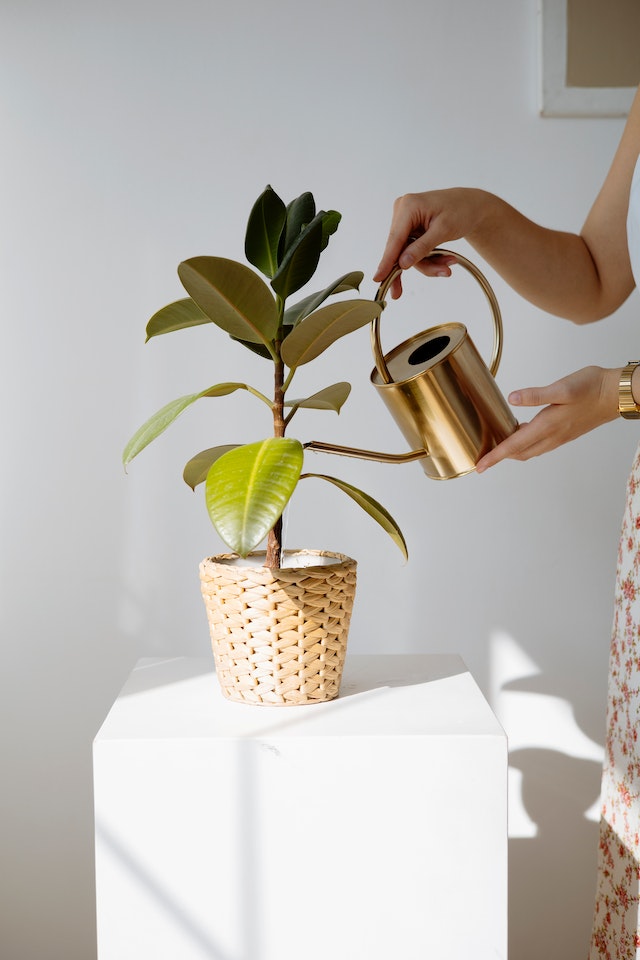
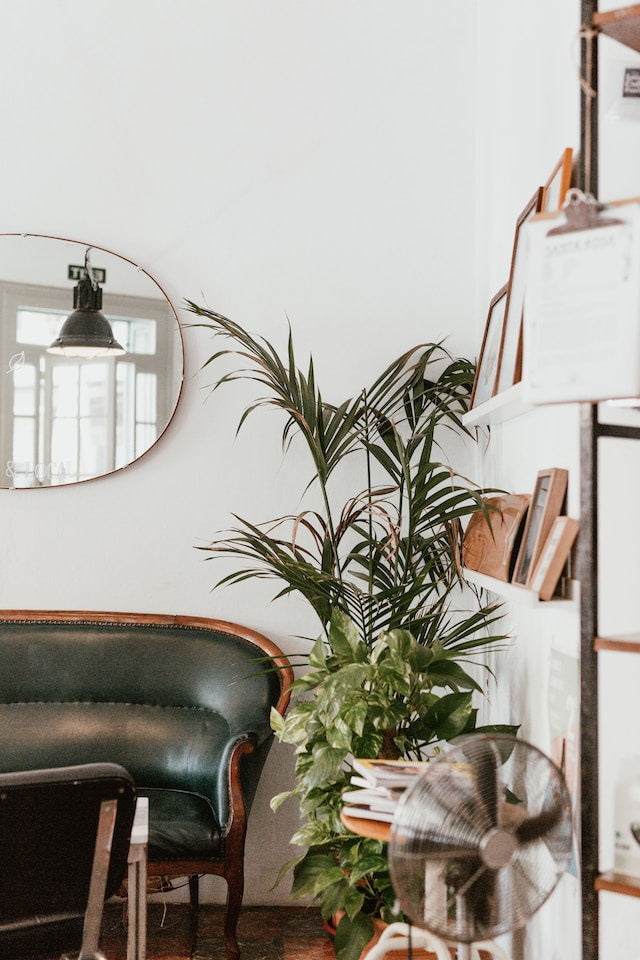
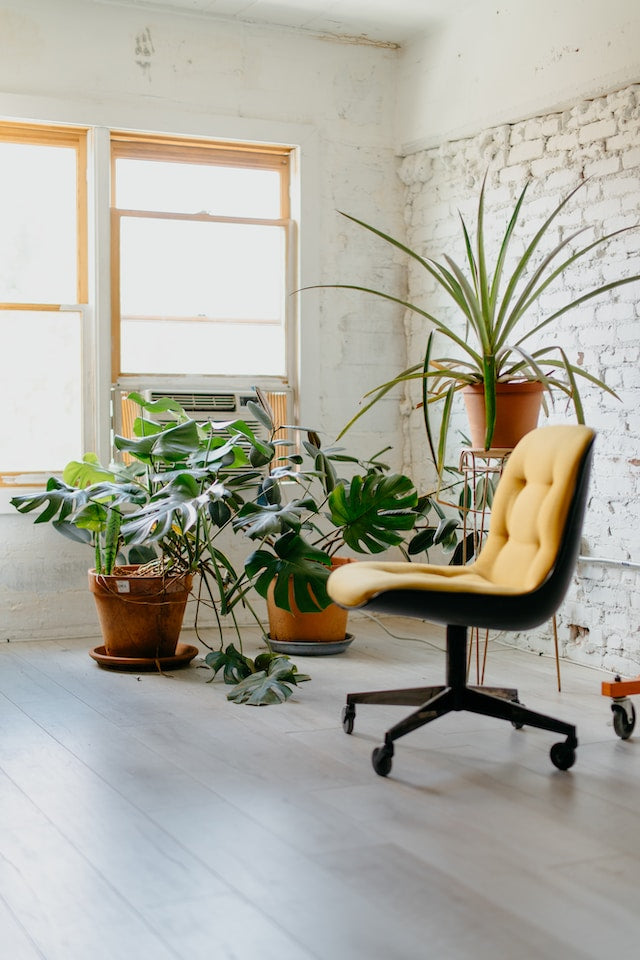
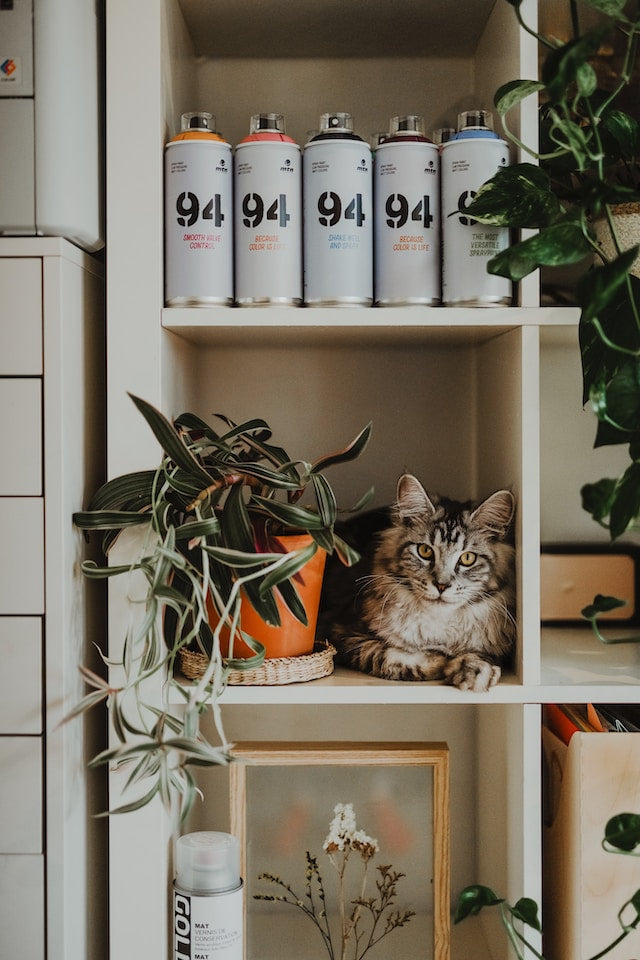
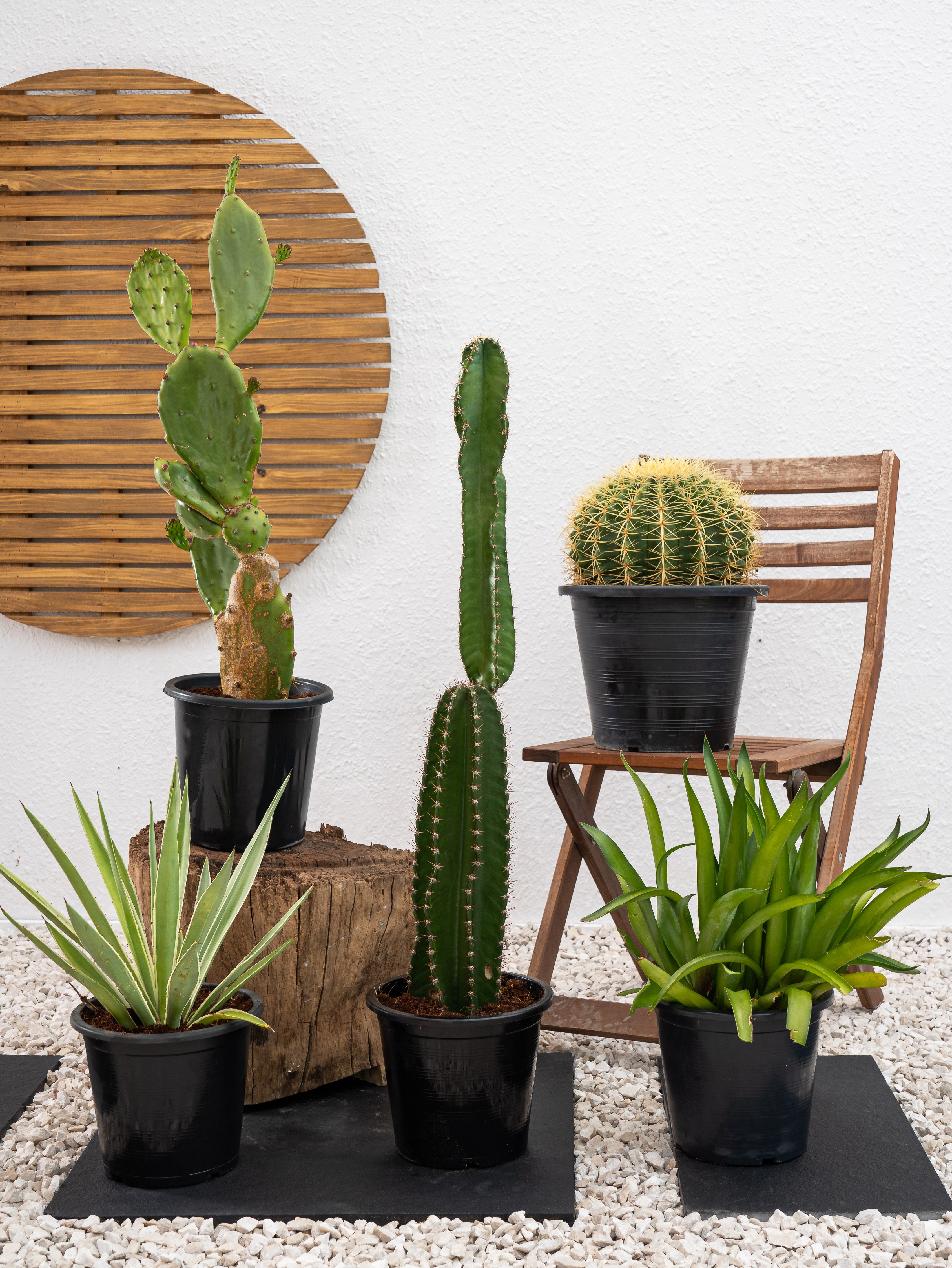
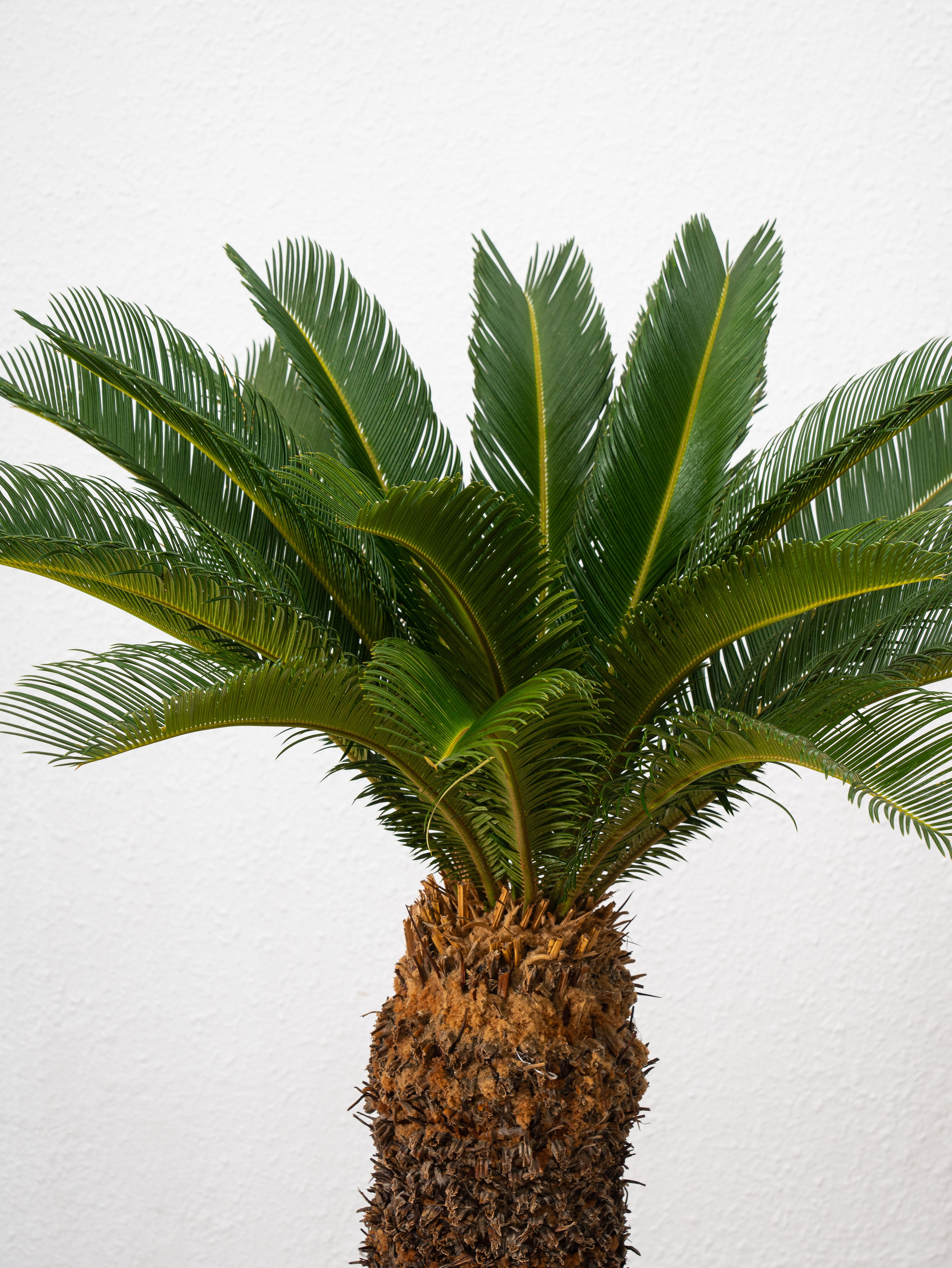
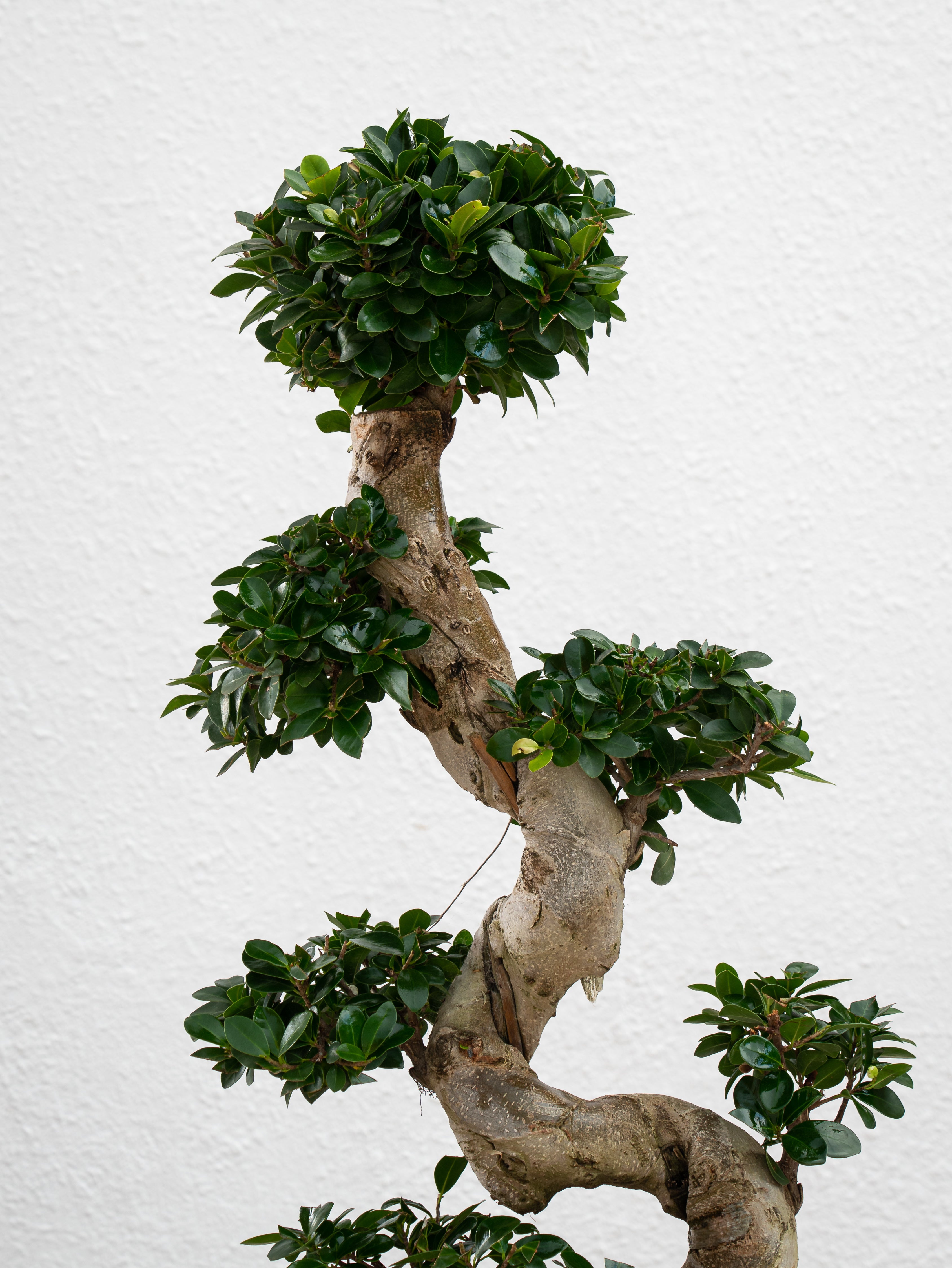
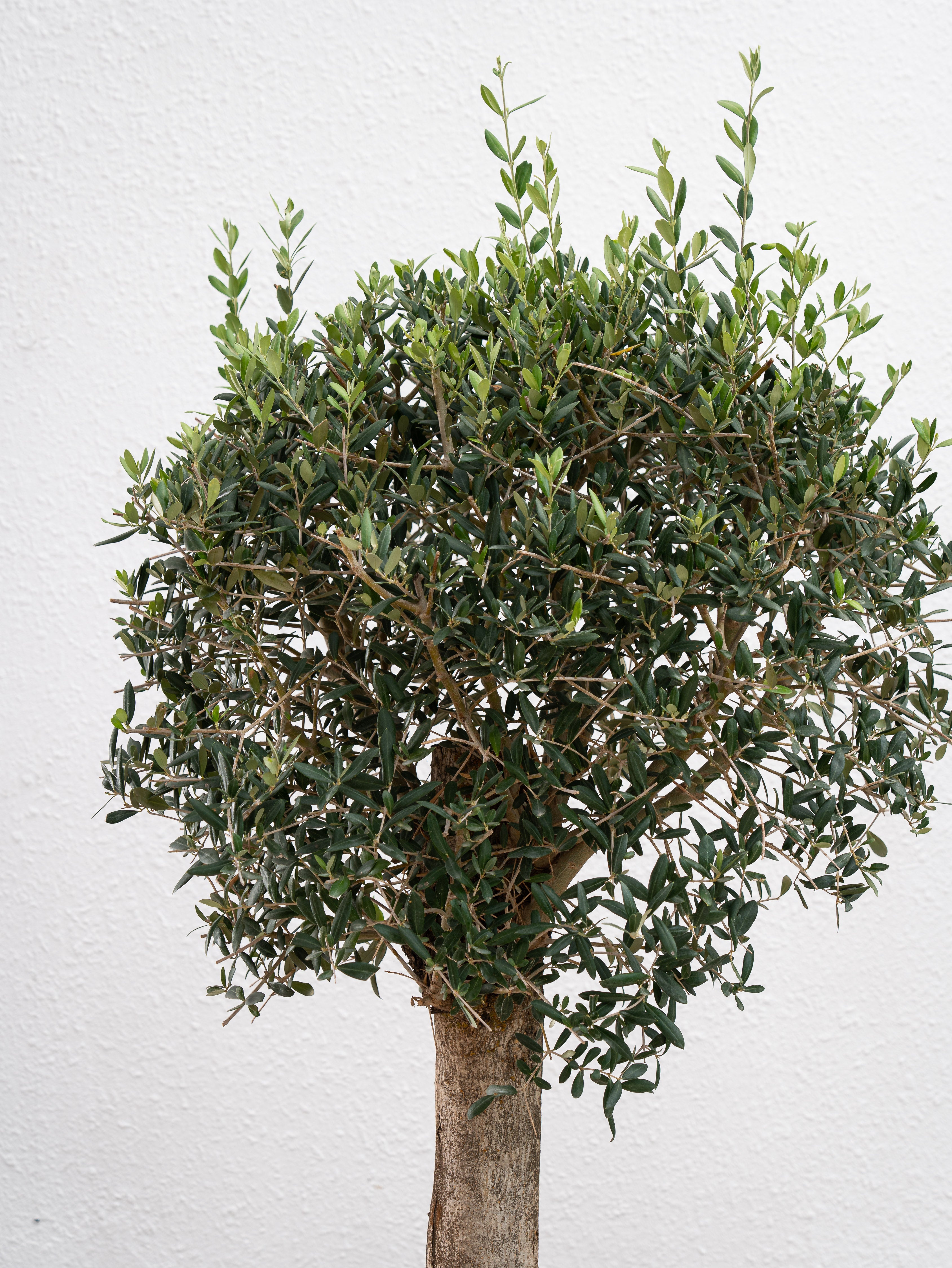
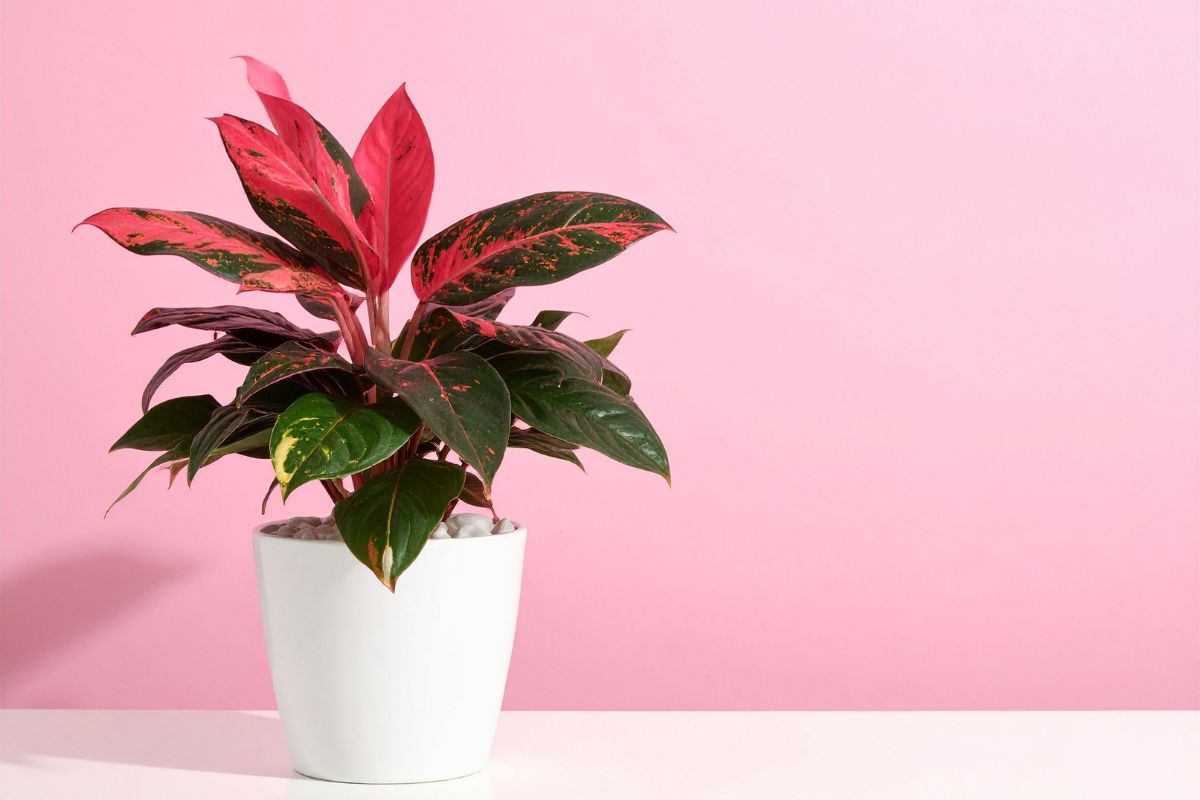

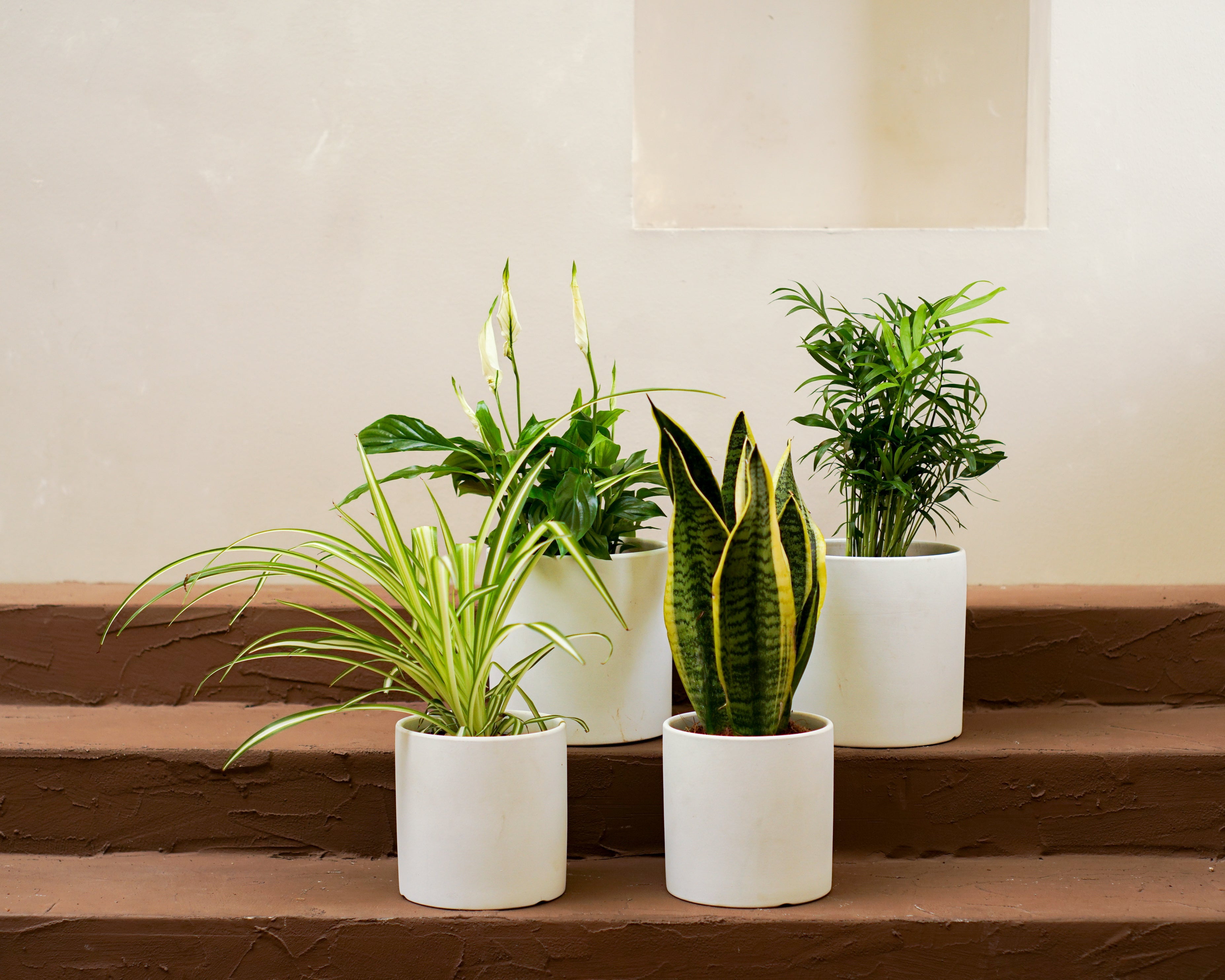
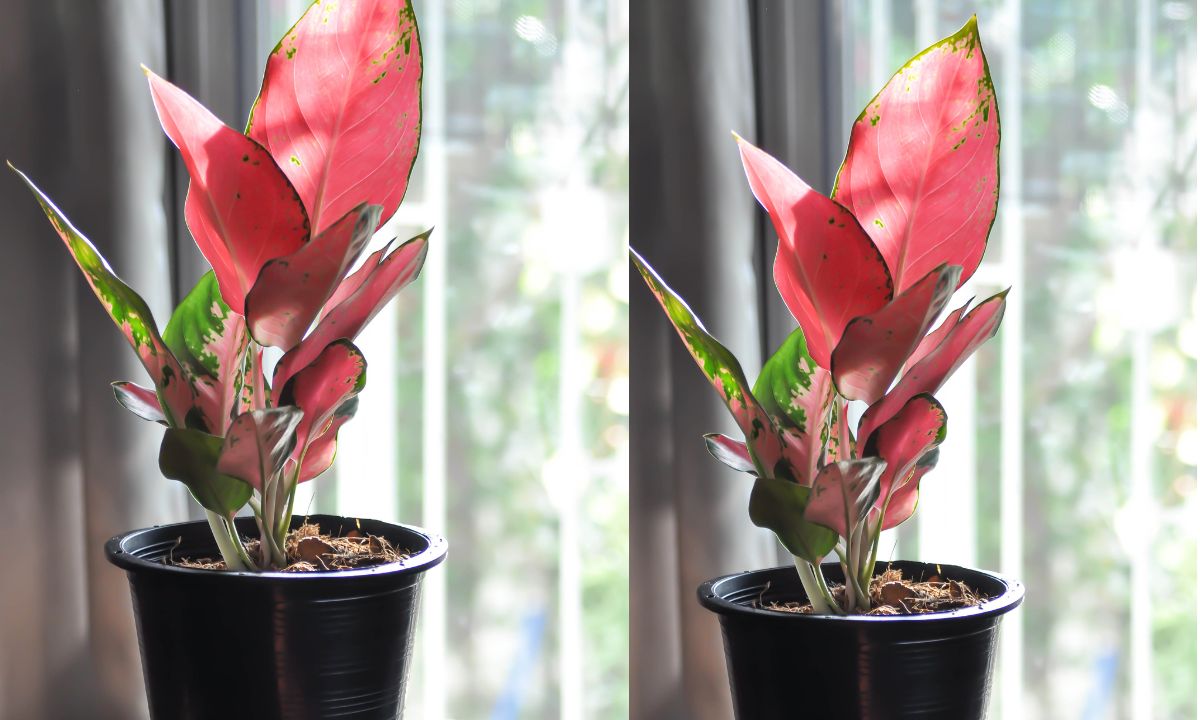
Leave a comment
This site is protected by hCaptcha and the hCaptcha Privacy Policy and Terms of Service apply.